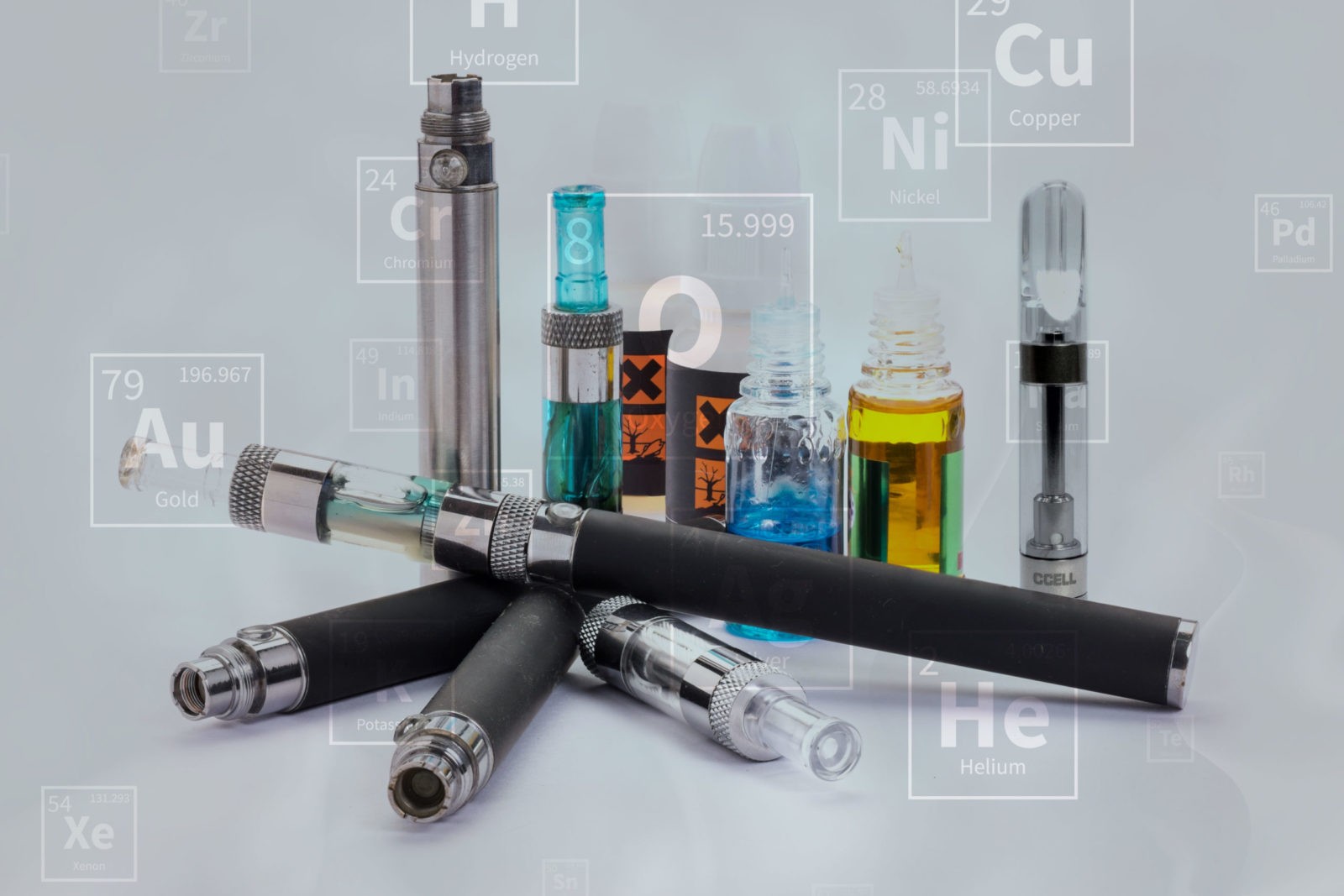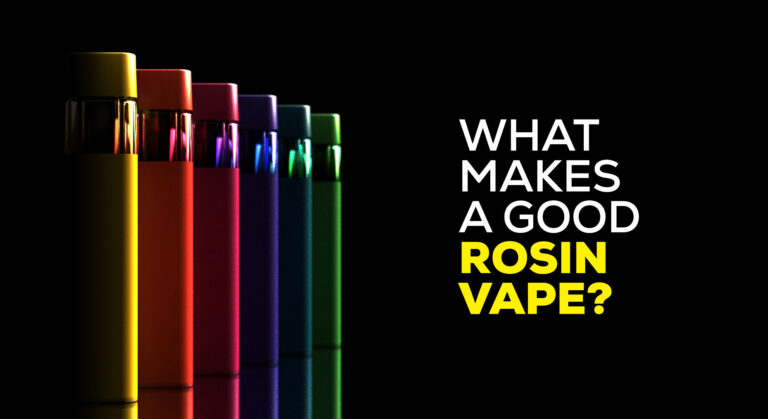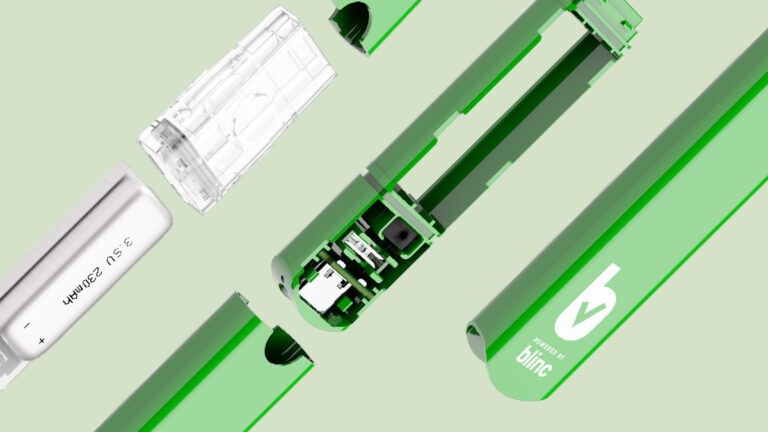Responsibility is on our industry to make sure it doesn’t get over-regulated of even shutdown. Numerous aspects of the business come into play when it comes to « self-regulation », like advertising (target audience, unsubstantiated claims, packaging), product safety (pesticides, solvents, hardware), and Corporate Social Responsibility (recycling, disposal of toxic waste, gender and racial disparities).
Let’s speak a little bit more about product safety and focus on vaping hardware, we’ll approach some of the other subjects in future articles.
95% of the hardware used for vaping cannabis is manufactured in Shenzhen, China. These manufacturers come from the nicotine vaping world and have been in business for 5 to 10 years only. Most of these factories pivoted from making batteries or phone accessories to vaping hardware.
Another important piece of the puzzle is understanding that these manufacturers are actually assemblers who purchase raw materials from suppliers or even other assemblers. This is where the procurement headache starts. If you want to control your product safety, you need to control your supply chain, that means each and every supplier.
The recent issues with Heavy Metal testing in California have shed some light on this issue as a vast majority of vaping hardware is failing the « lead » heavy metals leaching tests. This is one of the main reasons why The Blinc Group has set up an office in Shenzhen and has been building processes to ensure that every product we develop has full traceability as well as every component of these products.
As an example, the lead detected in vape cartridges comes mostly from the metal used inside the tank: brass.
Brass is a metal alloy that is always made with a combination of copper and zinc. By varying the amount of copper and zinc, brass can be made harder or softer. Other metals — such as aluminum, lead, and arsenic — may be used as alloying agents to improve machinability and corrosion resistance. Lead often is added to brass to make it softer and thus more malleable.
Our team is not only in charge of Quality Assurance and Quality Control, but is also tackling raw material sourcing and control for our « assemblers » (ie: manufacturers). The key here is to make sure that every component is compliant with safety standards. In our example above about brass, the team verifies the material documentation on the supplier’s side.
No, factories/manufacturers do not do this as their main interests are making the manufacturing smoother through more malleable material and making sure they are profitable by using « cheaper » material. This is also why no manufacturer will supply you with any guarantees of analysis of the raw materials they use.
While there are a lot more pitfalls to avoid when sourcing products from China, like a manufacturer switching suppliers without telling the purchaser, this one is most important in relation to product safety and the presence or not of heavy metals in vape cartridges.
It is tempting to handle this yourself as an operator in the cannabis industry as you will probably be getting cheaper products, but do you have the bandwidth and knowledge to build a strong sourcing team? If you had to pay a couple more cents per cartridge and get guaranteed compliance with heavy metal regulation, is it not worth the hassle?
This simply underlines the importance of working with a specialized team, on the ground in China, that has been doing this for almost 10 years.
See: The Blinc Group Challenges Vape Industry to Produce Clean Products









